
In a groundbreaking scientific feat, researchers have managed to resurrect the oldest plant ever recorded, beating the previous record holder by a staggering 30,000 years. The plant in question, Silene stenophylla, was grown from seeds dating back an astonishing 32,000 years, originating from the Pleistocene epoch.
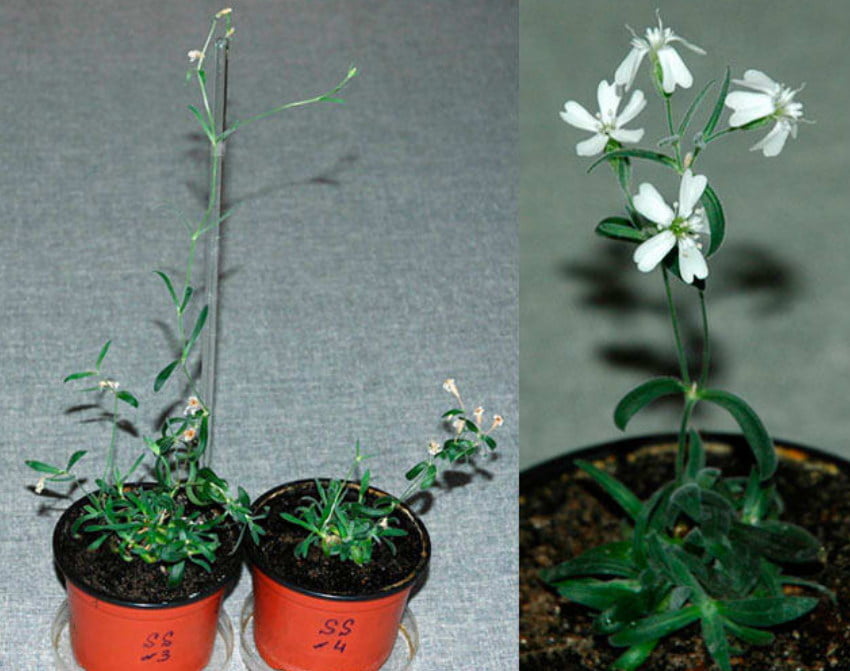
This remarkable discovery began in 2007 when a team of scientists from Russia, Hungary, and the United States embarked on a mission to explore hibernation burrows of ancient ground squirrels in northeastern Siberia. Amidst these burrows, which had been hidden in frozen loess-ice deposits for millennia, the team uncovered frozen Silene stenophylla seeds and remains.
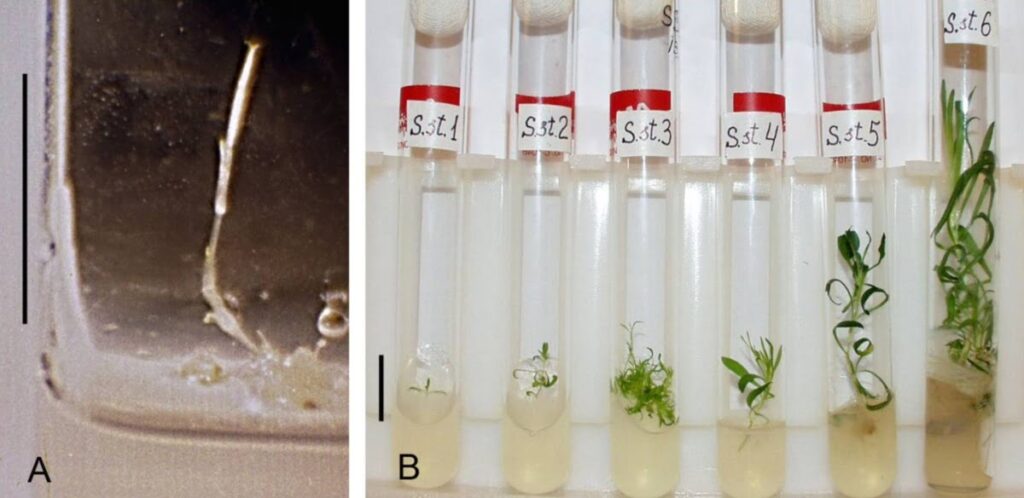
Radiocarbon dating estimated the seeds’ age to fall between 20,000 and 40,000 years, firmly situating them in the Pleistocene epoch. Typically, rodents would have consumed their food caches, but a flood or other natural event sealed the burrows, preserving the seeds due to their placement at the permafrost level.
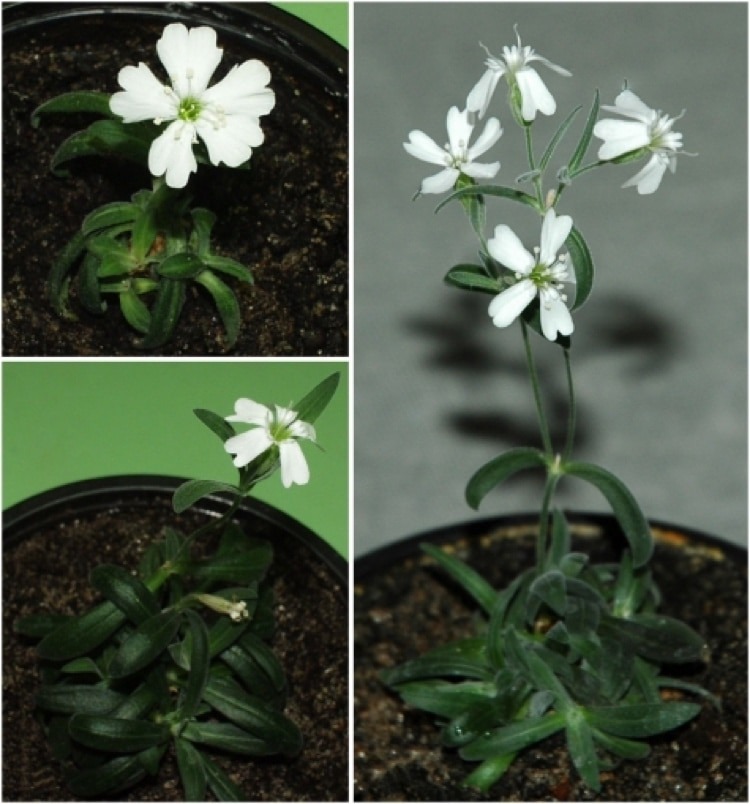
Years later, scientists at the Russian Academy of Sciences achieved the extraordinary by successfully reviving a flowering plant from a 32,000-year-old fruit, marking a monumental leap in the study of ancient plant material. This achievement surpassed the previous record for reviving ancient plant material, previously held by Judean date palm seeds that were around 2,000 years old.

The team, led by David Gilichinsky, initially attempted to germinate mature seeds from the ancient fruit but faced failure. Undeterred, they turned to the placental tissue within the fruit, ultimately succeeding in cultivating 36 adult plants. These plants displayed a remarkable resemblance to their modern counterparts until they reached the flowering stage. At this point, subtle differences emerged, with longer and more widely spaced petals compared to their modern counterparts. Even more astonishing, seeds produced by these regenerated plants displayed a remarkable 100% germination success rate, eclipsing the 90% rate of modern plants.
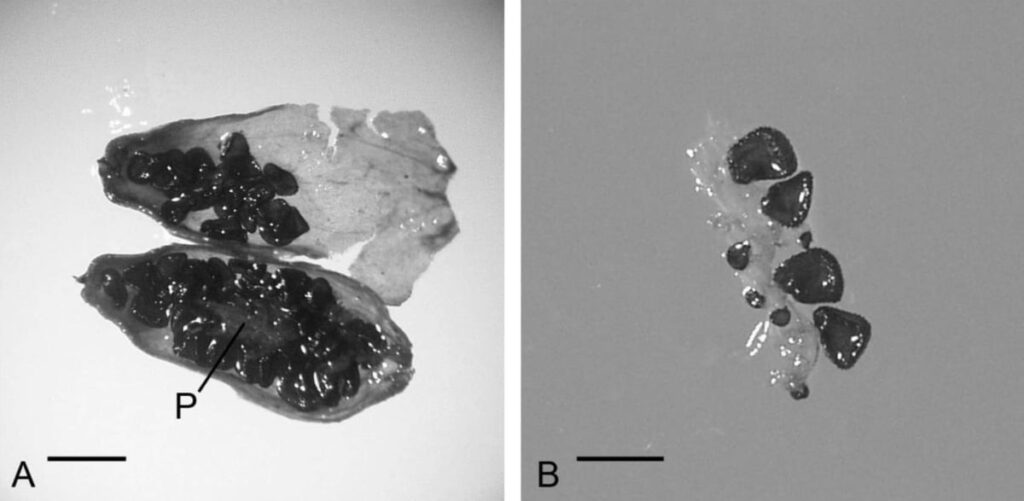
The reasons behind the success of this remarkable resurrection experiment are multifaceted. Scientists involved in the study speculate that the tissue cells of the ancient plant may have been rich in sucrose, effectively acting as a natural preservative. Additionally, DNA damage caused by gamma radiation, a product of natural ground radioactivity at the site, was notably lower than expected for material of this age. In fact, it was comparable to DNA damage levels observed in 1300-year-old lotus seeds known to germinate.
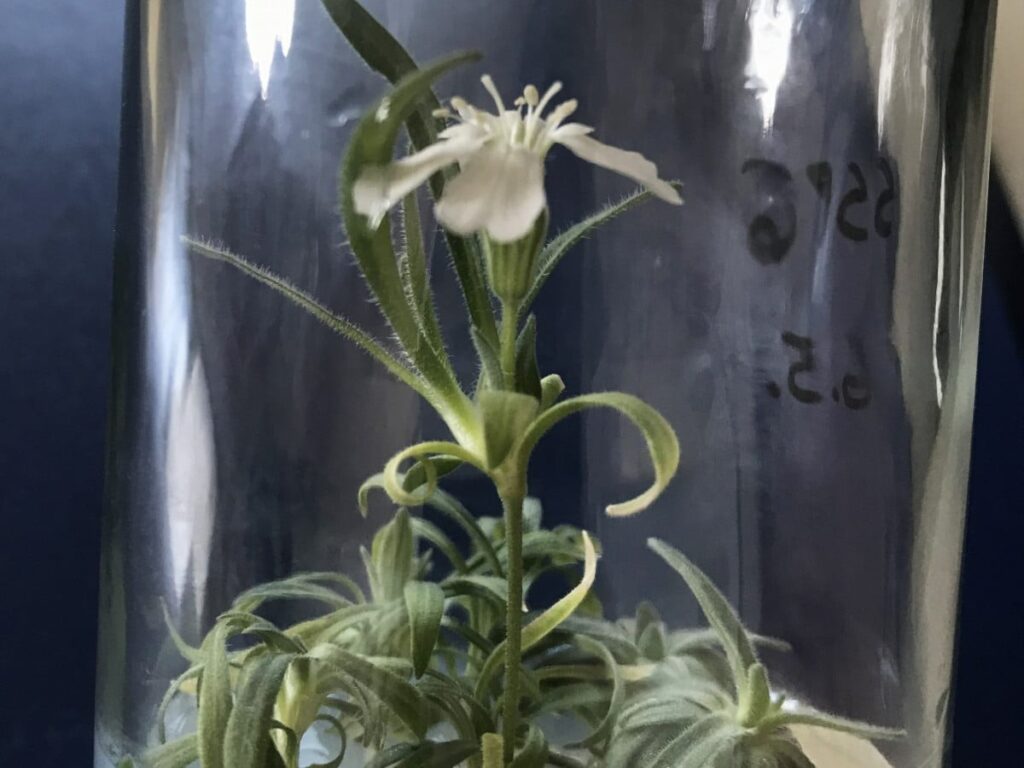
Robin Probert of the Millennium Seed Bank has lauded this achievement as “by far the most extraordinary example of extreme longevity for material from higher plants.” The success of the experiment raises intriguing possibilities, with hopes that techniques developed here may one day enable the resurrection of extinct species.

Paleontologist Grant Zazula expressed the significance of this discovery, stating, “This discovery raises the bar incredibly in terms of our understanding of the viability of ancient life in the permafrost.” The tantalizing question that remains is, “What else might be coming from there?”

I think animals should live a natural life even if it is less efficient than factory farming, if meat becomes more expensive because of this so be it.